Join us for a webinar on Oct 10 to learn how Bidgely is "Empowering Utilities with GenAI:
A Guide to Enhanced CX and Grid Management". Register here.
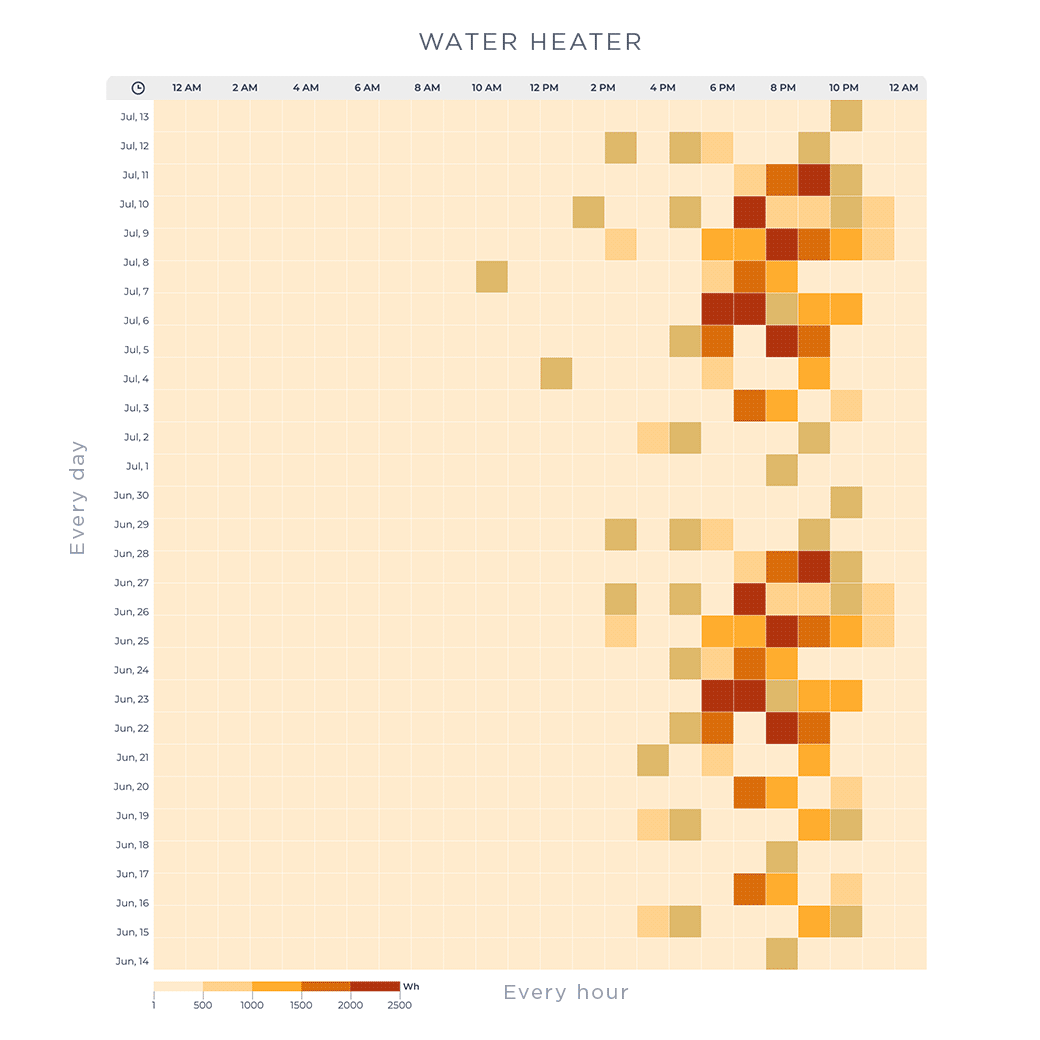
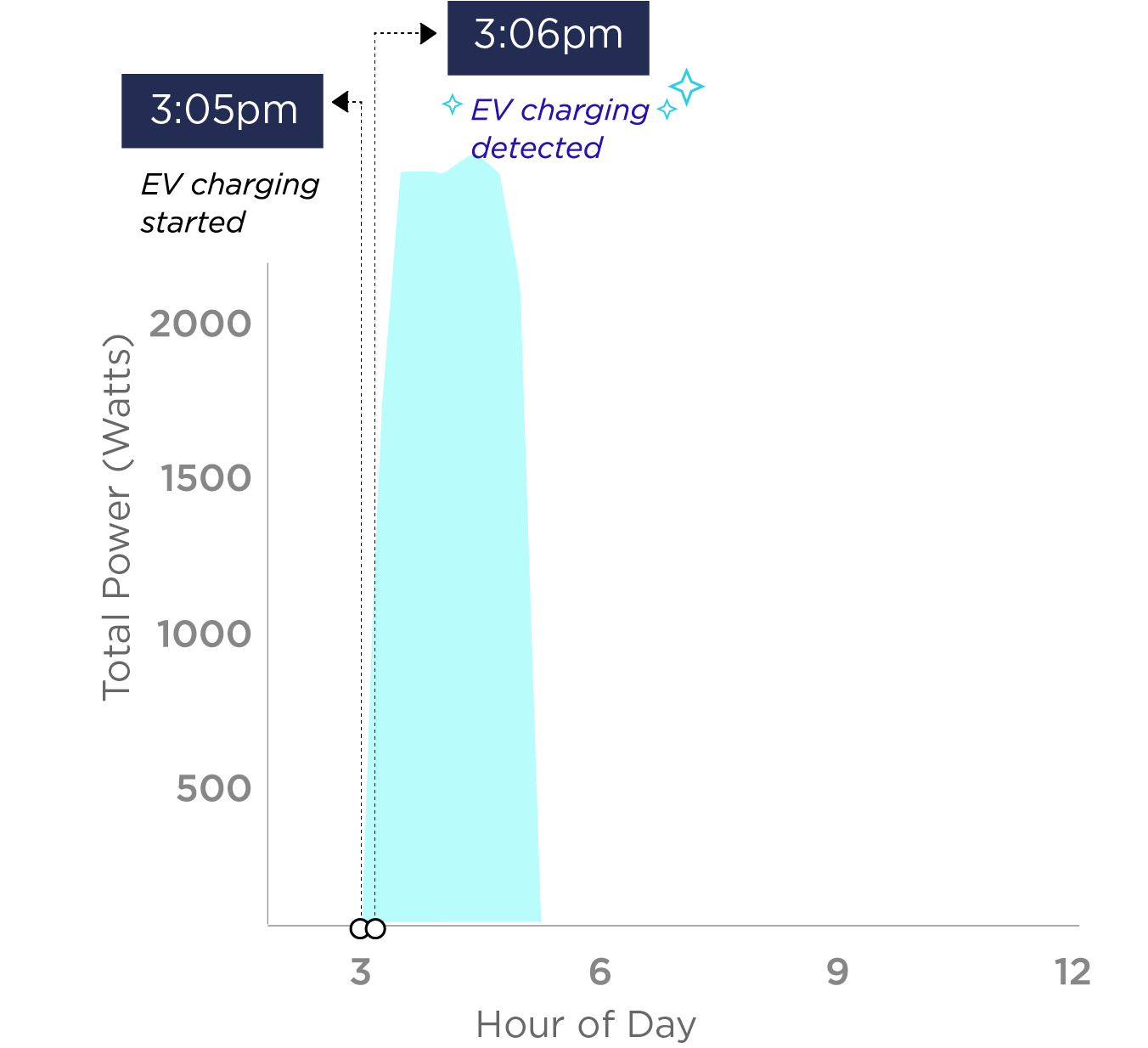
Our disaggregation technology has served as a launchpad for us to progress into capabilities far beyond just providing a breakdown of appliances.
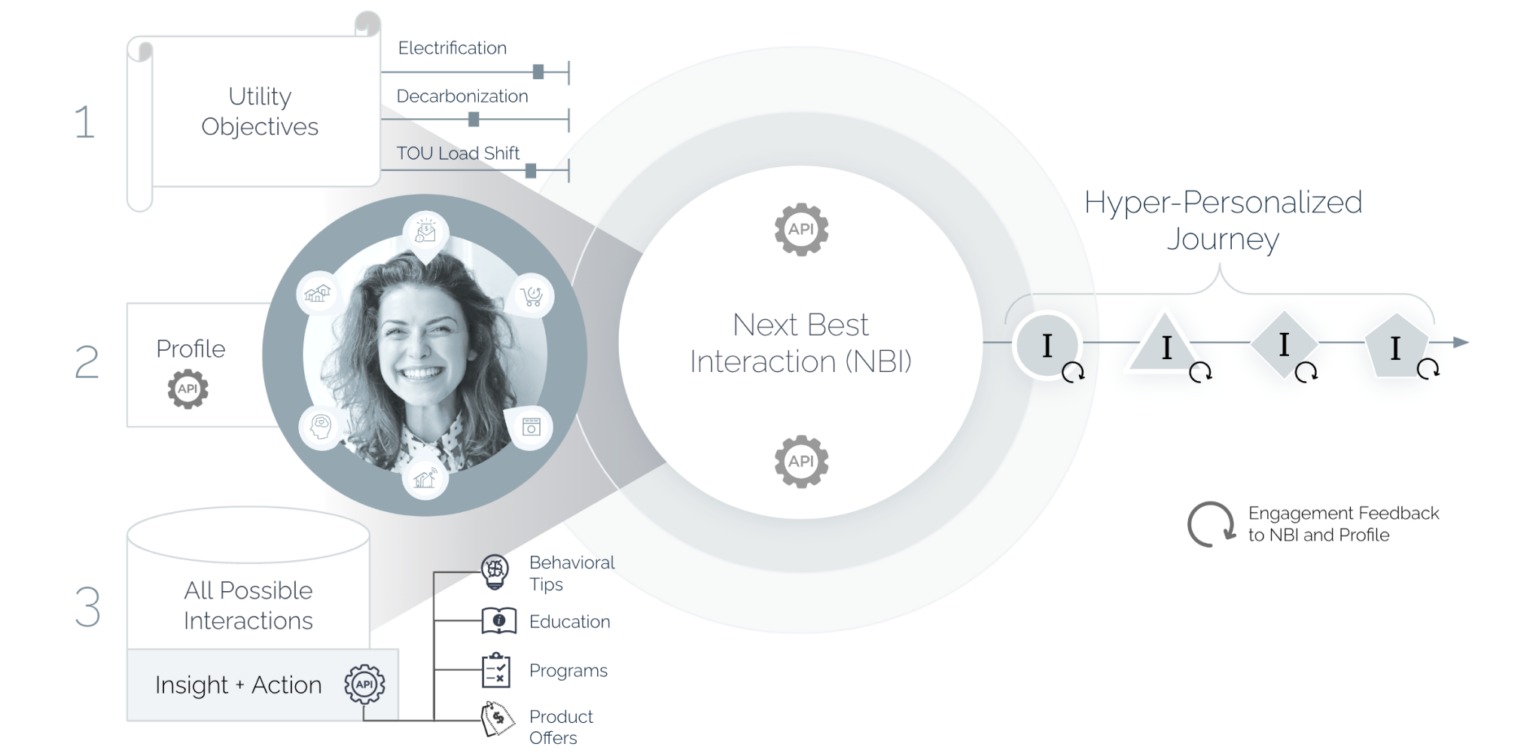
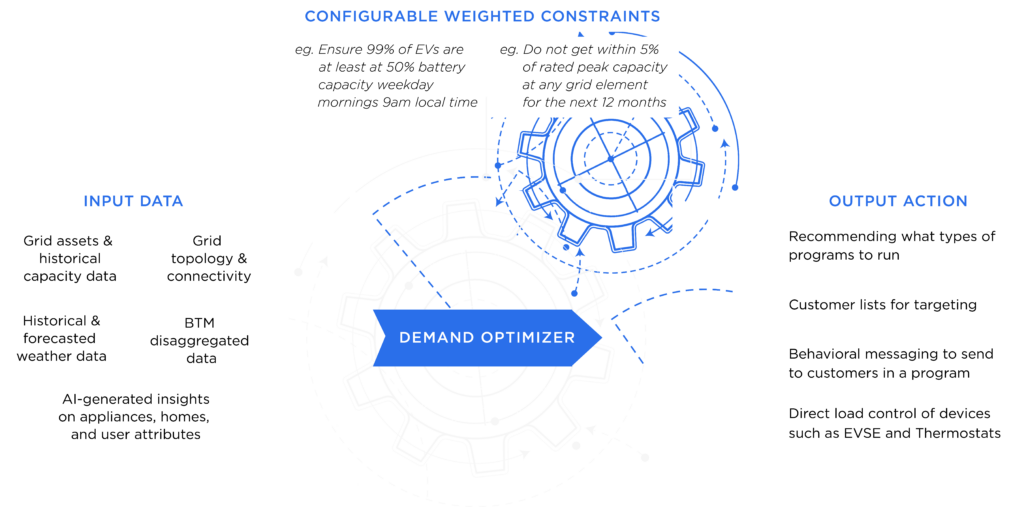
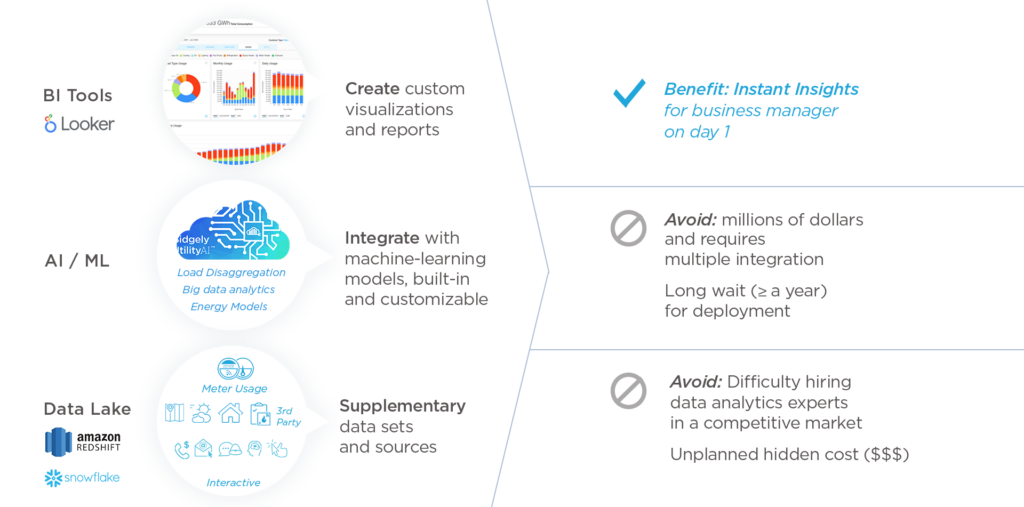
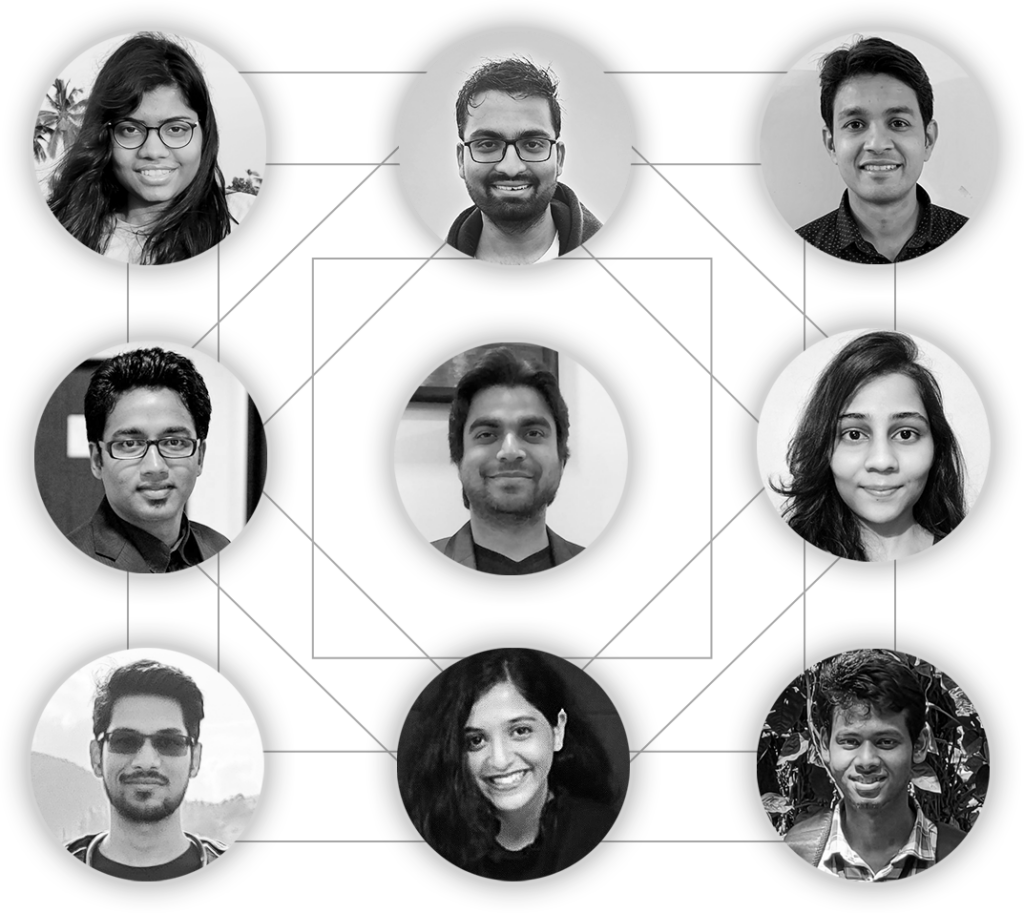

Ai is still evolving and may not be perfect. Always verify important details for accuracy.